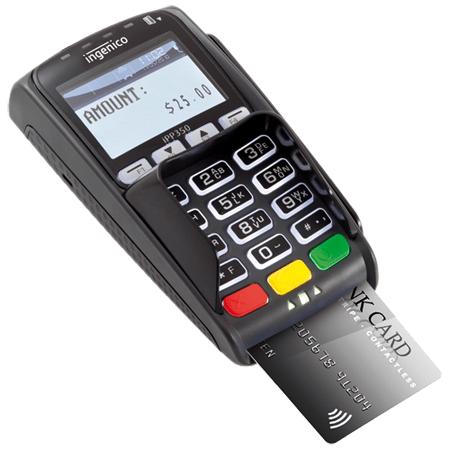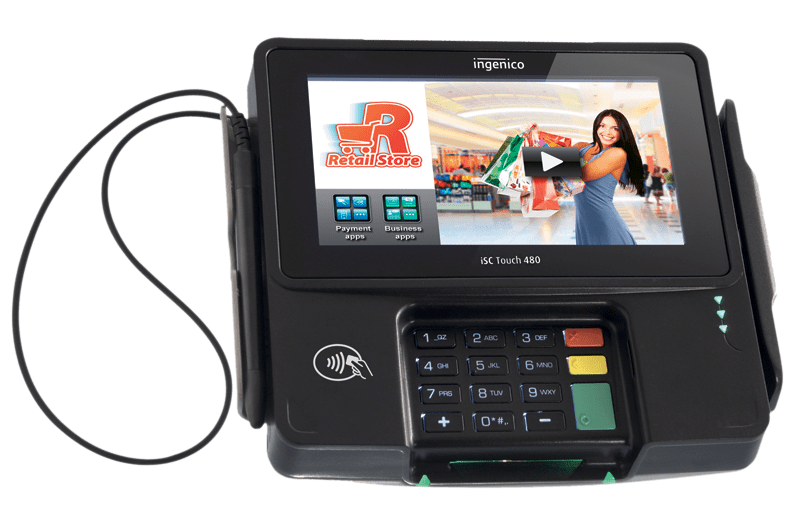Let's Talk!
Payments │ Terminal Application Development
By Jaideep Sharma
For 25 years, the client has made it a duty to provide high-quality payment solutions to its customers through sales, customer service and competitive rates. The client has years of experience in providing bankcard and transaction processing, payment hardware, software, sales, and management services. The client was interested in having an Ingenico terminal app built to make transactions more efficient.
Chetu, an experienced developer in providing Ingenico software solutions for: Ingenico terminals, Ingenico mobile and Ingenico mobile POS systems created an application that suited the client's need.


The objective of the client was to have an application built to implement a more efficient payment flow on Ingenico terminals iCT250 and iPP350 to accept card payments for both credit cards and private label cards (gift cards, countdown cards, loyalty cards, etc.). For private label cards, the payment is to be processed by the client's existing payment gateway service, CardDog. For credit card transactions, the payment is to be forwarded to First Data Payment Services by the CardDog portal for processing. In addition to performing transactions, the application also stores transaction details in the device for printing batch reports.
The application works in two modes: Standalone mode and POS mode. In standalone mode, the user has to select from a list of menu items a single transaction to be performed; whereas in POS mode, the application listens for a transaction request from a POS PC application that can come either via TCP/IP or USB based on the configuration settings in a parameter file.
Primary Transactions Performed by the Application::
Chetu's Approach::

Privacy Policy | Legal Policy | Careers | Sitemap | Referral | Contact Us
Copyright © 2000-2024 Chetu Inc. All Rights Reserved.
